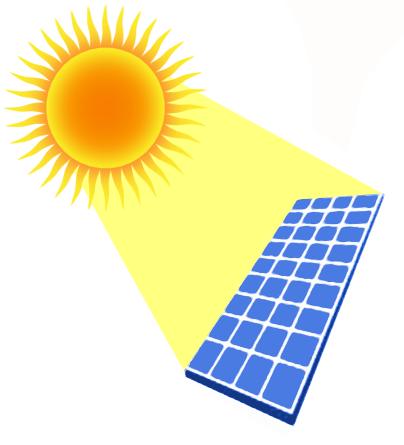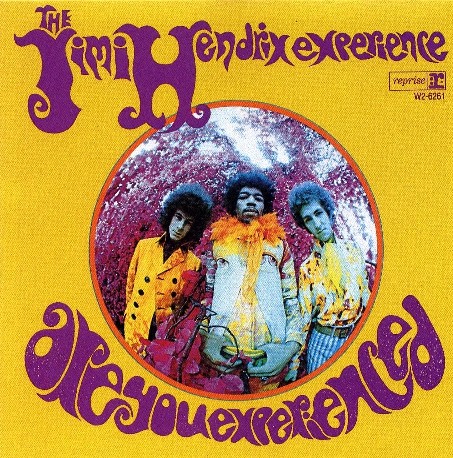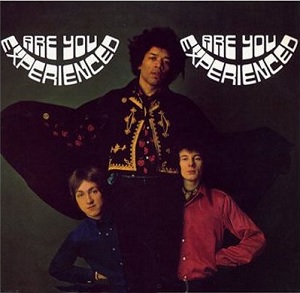 We loved Kookie on 77 Sunset Strip not just for the way he dressed and his famous hairstyle. We loved the hipster slang he would use in every episode. We didn’t know if the terms were actually in use among the cognoscenti in large urban areas or if the show’s writers were just making them up. And we didn’t care.
We loved Kookie on 77 Sunset Strip not just for the way he dressed and his famous hairstyle. We loved the hipster slang he would use in every episode. We didn’t know if the terms were actually in use among the cognoscenti in large urban areas or if the show’s writers were just making them up. And we didn’t care.
Here are a few classic “Kookie-isms.” See how many you remember:
Don’t point your ears – Don’t turn around
Endsville – The best
Ginchiest – Beyond Endsville
Light up the tilt sign – Lie
Slip me a Washington – Give me a dollar bill
Wheeling – Driving
The beam came to me – I got the idea
Mushroom people – Night owls
Blasting off – Leaving
It’s real nervous – It’s real good
Satchels – Bags under the eyes
That cat has hi-fi thoughts – The guy is smart
Fold a fender – Park a car
I’m still sending – I’ve got more to tell you
 Many of us, for reasons both environmental as well as financial, are contemplating “going off the grid” and installing solar panels on our homes.
Many of us, for reasons both environmental as well as financial, are contemplating “going off the grid” and installing solar panels on our homes.
Before you take the plunge, you should be aware of a potential scam that has popped in this field. It involves companies that offer to install solar panels on your home for free. The deal is, they own the panels and they will bill you every month, just like the power company.
Now, these companies promise that your bill will be substantially less than what you’re currently paying, but there have been reports of people actually paying more.
So before agreeing to anything, do your homework. Find out if other friends or family members have done business with the company. Research them online with the Better Business Bureau and things like Google and Yahoo reviews. Finally, read your contract carefully and make sure you understand what you’re getting yourself into.
Reputable businesses are always glad to do business in the sunshine.
 During the early part of the 1960s, the absolute, “must-have” piece of jewelry for young men was the I.D. bracelet, most famously made by Speidel. They were relatively inexpensive as jewelry goes and came in silver or gold.
During the early part of the 1960s, the absolute, “must-have” piece of jewelry for young men was the I.D. bracelet, most famously made by Speidel. They were relatively inexpensive as jewelry goes and came in silver or gold.
The purpose of the bracelet was not really to be worn by the male who purchased it and had his first name engraved boldly on it. It was to be given away to his girlfriend, who would then wear it as a symbol that the particular male in question was “taken.” It also provided something concrete that the girl could give back to the guy to establish in physical terms that she was breaking up with him.
The bracelets were large and clunky. They fit on guys’ wrists rather loosely, so you can imagine the trouble some females had keeping them on their arms. But it didn’t matter. Your boyfriend’s letterman jacket could only be worn outdoors (and then only in cooler weather and only if your boyfriend had a letterman jacket), the I.D. bracelet would announce your relationship status no matter where you were or how athletic your boyfriend was.
There is no record of where the fad started, but it faded as the decade wore on. Yet, those bracelets are still available from multiple sources today (including Speidel), so somebody must still be wearing them.
 Are You Experienced (1967)
Are You Experienced (1967)
This is the album that changed everything. Music was never the same after Jimi Hendrix’s debut album, Are You Experienced, hit record stores like a proverbial bombshell.
Nobody had sounded like this before. The first time you heard, it sounded loud, ugly, and discordant. By the third or fourth listening, you were hooked.
If your parents thought the Beatles and Rolling Stones were “noise,” here was an album that would really piss them off! What a great reason to buy it and play it loud.
The band’s line-up was unique, too. Two Brits and one American. Two white guys and one black guy.
But the album you were listening to was not the same album listeners in other countries were hearing.
Two versions of Are You Experienced were released. One for the U.S. And another version for the U.K. and international markets. The two versions shared 8 of 11 tracks, but even those were placed in different order.
Here’s the American version of Are You Experienced:
SIDE ONE
- Purple Haze
- Manic Depression
- Hey Joe
- Love or Confusion
- May This Be Love
- I Don’t Live Today
SIDE TWO
- The Wind Cries Mary
- Fire
- Third Stone from the Sun
- Foxy Lady
- Are You Experienced?
 Here’s the version the rest of the world heard:
Here’s the version the rest of the world heard:
SIDE ONE
- Foxy Lady
- Manic Depression
- Red House
- Can You See Me
- Love or Confusion
- I Don’t Live Today
SIDE TWO
- May This Be Love
- Fire
- Third Stone from the Sun
- Remember
- Are You Experienced?
The reason for the difference is that “Purple Haze,” “Hey Joe,” and “The Wind Cries Mary” had already been released in the U.K. as singles (and had done very well). At that time, singles were often omitted from albums in consideration for fans who had already purchased he 45’s.
 Hard to believe but in 1966, Jimi Hendrix was struggling to find work as an R&B guitarist. Chas Chandler had just left the Animals and was looking to manage rock stars. He convinced Hendrix to come to London with the promise of assembling a group that would showcase Jimi’s unique blend of blues, R&B and hard rock. Once Hendrix arrived, Noel Redding and Mitch Mitchell were quickly recruited to play bass and drums respectively. The Jimi Hendrix Experience was born!
Hard to believe but in 1966, Jimi Hendrix was struggling to find work as an R&B guitarist. Chas Chandler had just left the Animals and was looking to manage rock stars. He convinced Hendrix to come to London with the promise of assembling a group that would showcase Jimi’s unique blend of blues, R&B and hard rock. Once Hendrix arrived, Noel Redding and Mitch Mitchell were quickly recruited to play bass and drums respectively. The Jimi Hendrix Experience was born!
The band failed their audition with Decca Records (the label infamous for also passing on the Beatles). But the group was picked up by a new label, Track Records, that was being launched by the Who’s management team, Kit Lambert and Chris Stamp.
Are You Experienced was recorded over a five month period at three different studios in London.
While the Jimi Hendrix Experience had solid success on the British Top 40, their early single releases in the states went nowhere. Nevertheless, when their debut album was released in August of 1967, it shot into the top 10 on Billboard’s Album charts, forcefully demonstrating the emerging power of FM “underground” radio stations. For several months, many of the country’s FM stations, previously the home of small audience classical and “elevator” music, had begun taking a chance of album rocks in an effort to attract larger audiences. Hendrix was one of the first artists to get wide exposure in this new format.
 The success of Hendrix’s debut album ended the idea that you had to have a hit single on Top 40 to sell records to American kids. His style forever changed to the sound of rock and influenced a legion of young guitar players.
The success of Hendrix’s debut album ended the idea that you had to have a hit single on Top 40 to sell records to American kids. His style forever changed to the sound of rock and influenced a legion of young guitar players.
When Hendrix said, “never to hear surf music again” on “Third Stone from the Sun,” the Beach Boys didn’t realize they were about to enter 5 years of very tough going in America.
Are You Experienced has been ranked #15 on Rolling Stone’s 500 Greatest Albums of All Time and it has been selected by the Library of Congress to be included on its National Recording Registry as one of the most significant contributions to our cultural history.
BTW if you buy the CD now, you’ll get all the songs included in both the U.S. and the U.K. versions.
It’s never too late to get experienced!
 No, exercise snacking does mean doing arm curls to get the Doritos to your mouth. It means approaching exercise like you approach snacking. It means exchanging one prolonged period of intense exercise for several shorter, less strenuous sessions throughout the day.
No, exercise snacking does mean doing arm curls to get the Doritos to your mouth. It means approaching exercise like you approach snacking. It means exchanging one prolonged period of intense exercise for several shorter, less strenuous sessions throughout the day.
A 10-minute walk or light jog at one point of the day, followed by 10 minutes of stretching, followed by 10 minutes of aerobic exercise can help improve joint movement as well as reduce your risk of injury. It can also help regulate your blood sugar if you’re diabetic or afraid that you may become diabetic.

 1968: A riot erupts in Chicago’s Grant Park when Sly & the Family Stone fail to show up for a free concert. This is only one of many late or cancelled appearances for the band.
1968: A riot erupts in Chicago’s Grant Park when Sly & the Family Stone fail to show up for a free concert. This is only one of many late or cancelled appearances for the band.